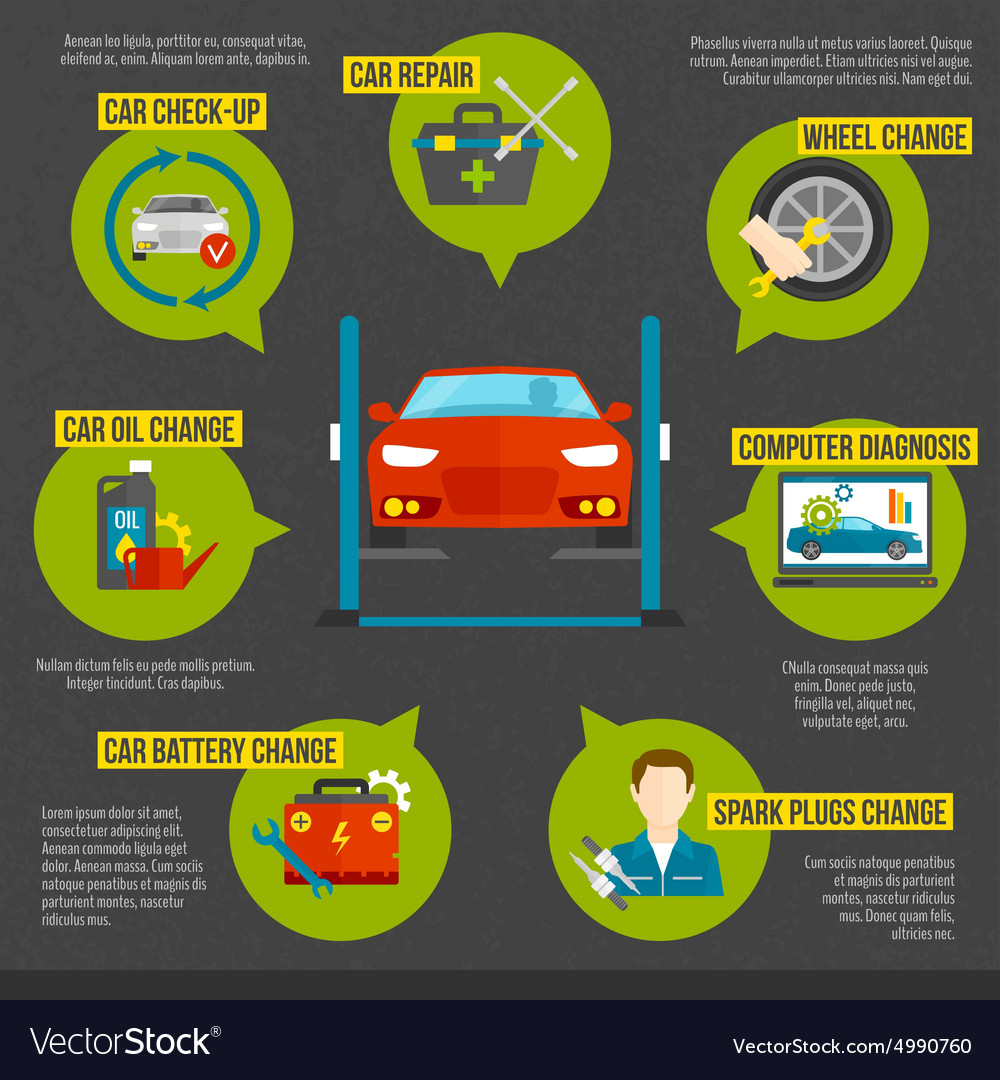Wondering Regarding The Definition Behind Those Control Panel Caution Lights? Gain Understandings Into Their Implications For Your Vehicle'S Safety And Security And Upkeep
Wondering Regarding The Definition Behind Those Control Panel Caution Lights? Gain Understandings Into Their Implications For Your Vehicle'S Safety And Security And Upkeep
Blog Article
Write-Up By-Samuelsen Winters
When you lag the wheel, those beautiful caution lights on your dashboard can be a little bit perplexing. Do carcleanernz understand what they're trying to inform you about your auto's wellness? Recognizing https://spenceroevmb.slypage.com/30459498/a-novice-s-fast-track-to-cars-and-truck-explaining-in-less-than-an-hour of these lights is vital for your security and the longevity of your car. So, the next time among those lights turns up, wouldn't you want to decode its message accurately and take the needed steps to address it?
Common Warning Lights and Interpretations
Recognize usual warning lights in your automobile and understand their significances to guarantee secure driving.
One of the most typical caution lights include the check engine light, which signifies concerns with the engine or emissions system. If this light comes on, it's essential to have your automobile checked quickly.
The oil pressure advising light indicates low oil pressure, needing instant interest to prevent engine damages.
A flashing battery light may recommend a damaged charging system, possibly leaving you stranded otherwise attended to.
The tire stress surveillance system (TPMS) light alerts you to low tire pressure, affecting lorry security and gas performance. Ignoring this might bring about risky driving problems.
The abdominal muscle light indicates a problem with the anti-lock stopping system, compromising your ability to quit quickly in emergencies.
Lastly, the coolant temperature level warning light warns of engine getting too hot, which can lead to serious damage if not fixed swiftly.
Comprehending these typical caution lights will help you attend to issues without delay and keep secure driving conditions.
Value of Prompt Interest
Comprehending the usual warning lights in your cars and truck is only the very first step; the relevance of immediately resolving these warnings can't be emphasized sufficient to ensure your safety on the road.
When a caution light illuminates on your dashboard, it's your vehicle's method of communicating a potential issue that requires attention. Overlooking these warnings can lead to a lot more serious problems down the road, endangering your safety and security and potentially costing you much more in repairs.
Prompt attention to warning lights can prevent break downs and accidents. For instance, a flashing check engine light can suggest a misfire that, if left unattended, might trigger damage to the catalytic converter. Addressing this without delay can save you from an expensive repair service.
Similarly, a brake system warning light might signify low brake liquid or worn brake pads, critical components for your security when driving.
DIY Troubleshooting Tips
If you discover a warning light on your control panel, there are a few DIY fixing tips you can try before seeking specialist help.
The very first step is to consult your automobile's handbook to recognize what the certain warning light indicates. Sometimes the problem can be as easy as a loose gas cap causing the check engine light. Tightening up https://ecutuninggroup40628.idblogz.com/30459267/discover-exactly-how-to-totally-alter-your-vehicle-s-appearance-in-less-than-an-hour-with-easy-to-follow-ideas-that-will-certainly-astonish-you-your-fast-vehicle-detailing-response-is-here may solve the issue.
An additional typical problem is a reduced battery, which can trigger various warning lights. Inspecting the battery connections for rust and ensuring they're safe could deal with the issue.
If a warning light continues, you can try resetting it by disconnecting the vehicle's battery for a couple of minutes and afterwards reconnecting it. Additionally, inspecting your car's fluid degrees, such as oil, coolant, and brake liquid, can help repair cautioning lights associated with these systems.
Final thought
To conclude, comprehending your automobile's caution lights is crucial for maintaining your vehicle running smoothly and safely. By quickly dealing with these informs and understanding what they mean, you can avoid pricey repairs and potential malfunctions.
Bear in mind to consult your vehicle's handbook for particular information on each cautioning light and act as necessary to make sure a trouble-free driving experience.
Stay informed, remain secure when driving!
